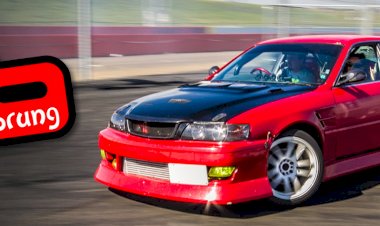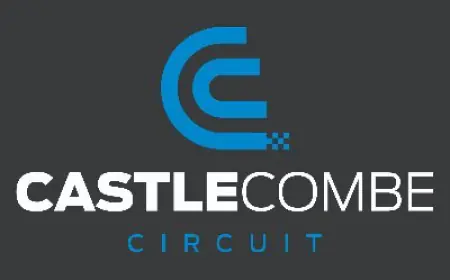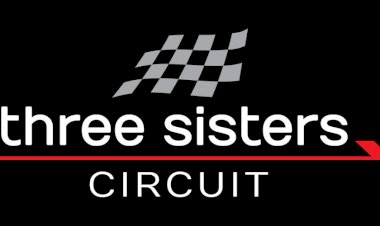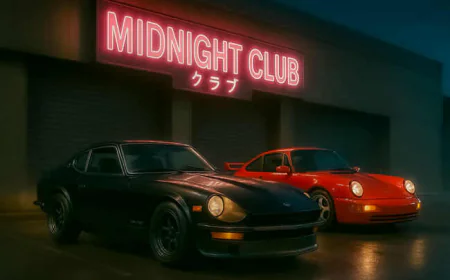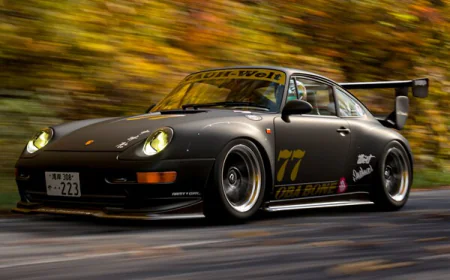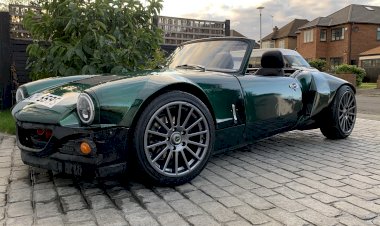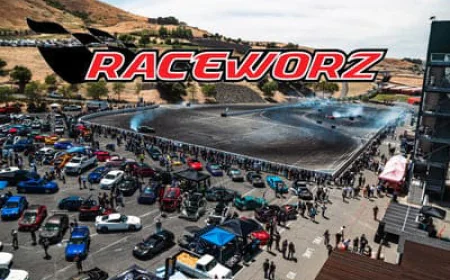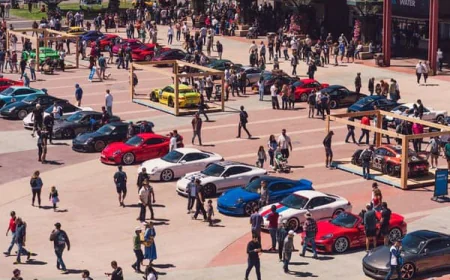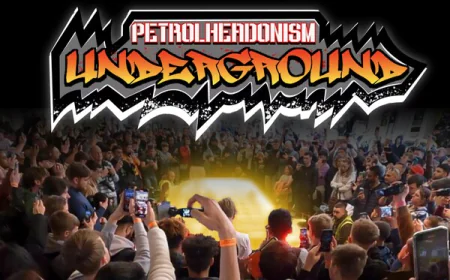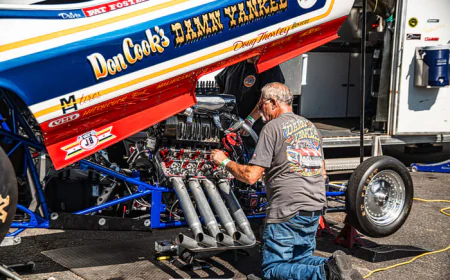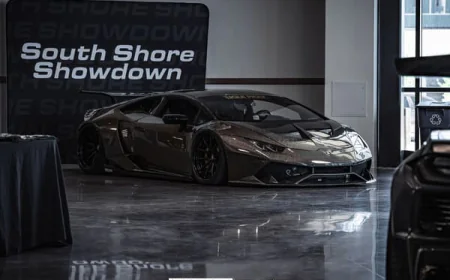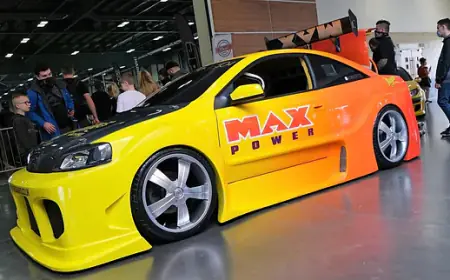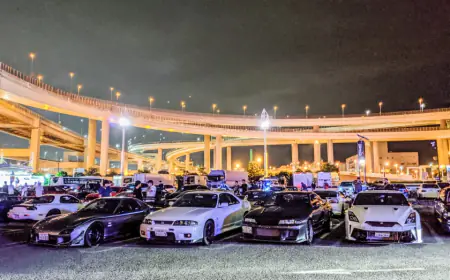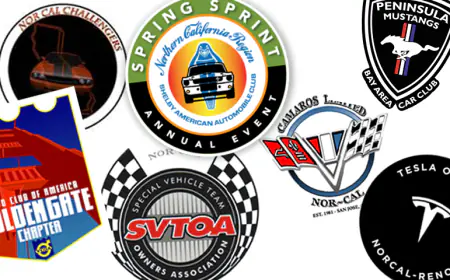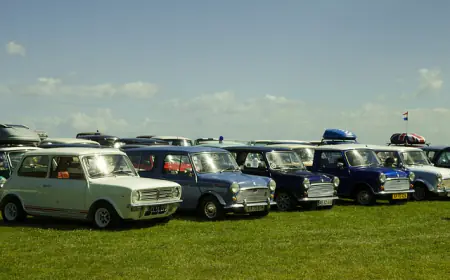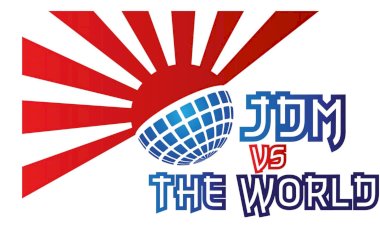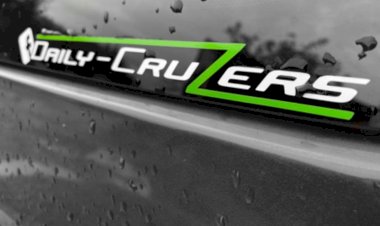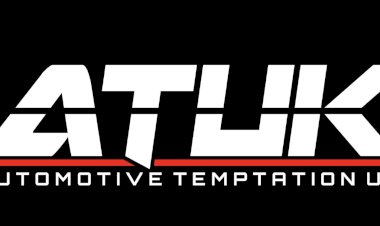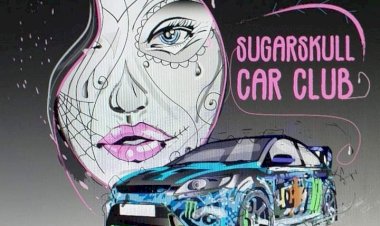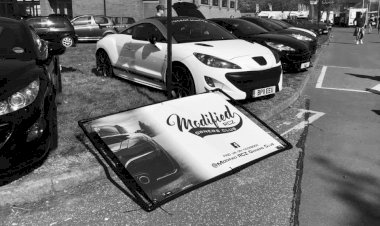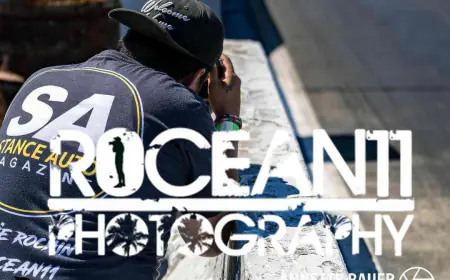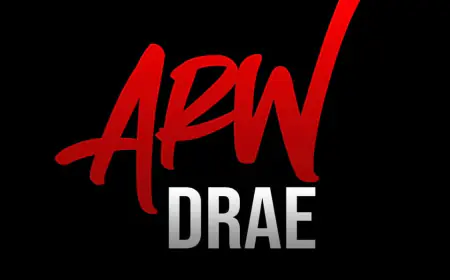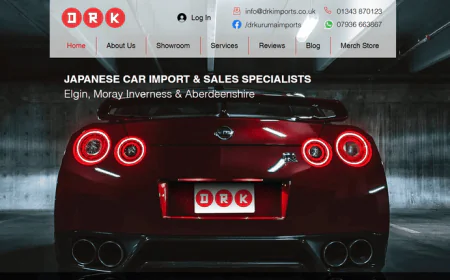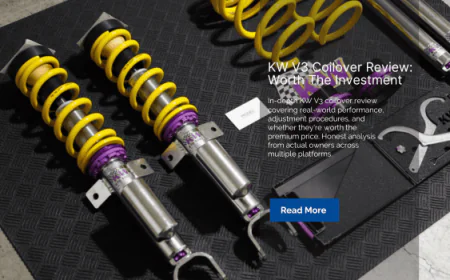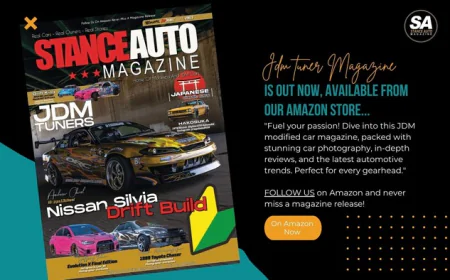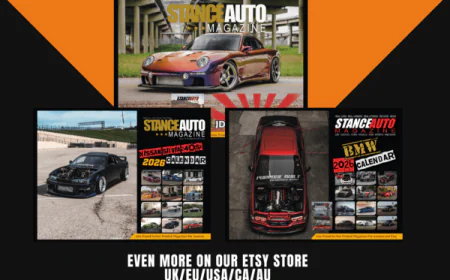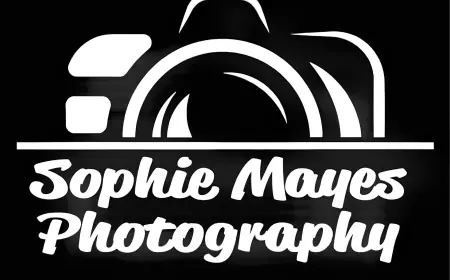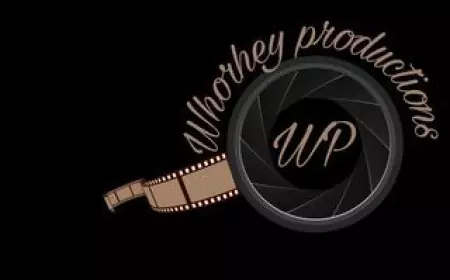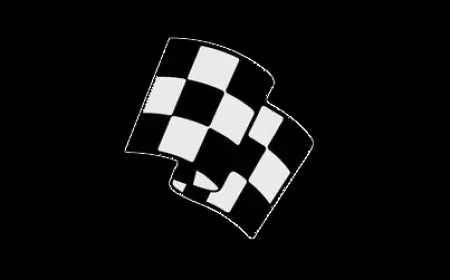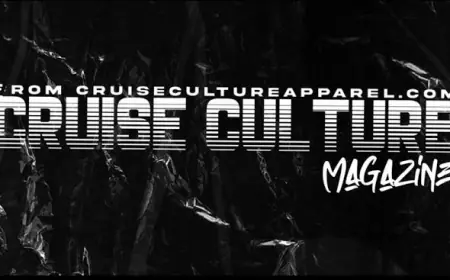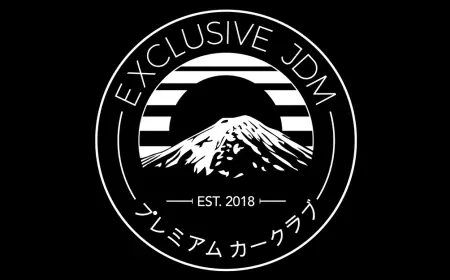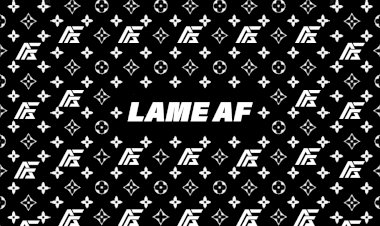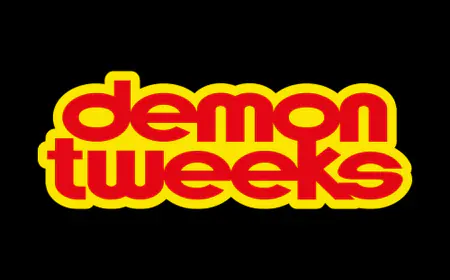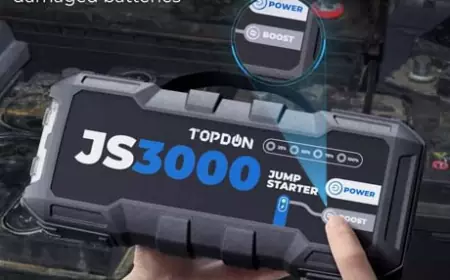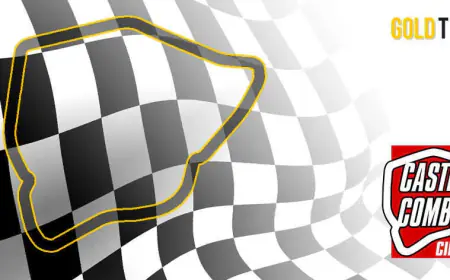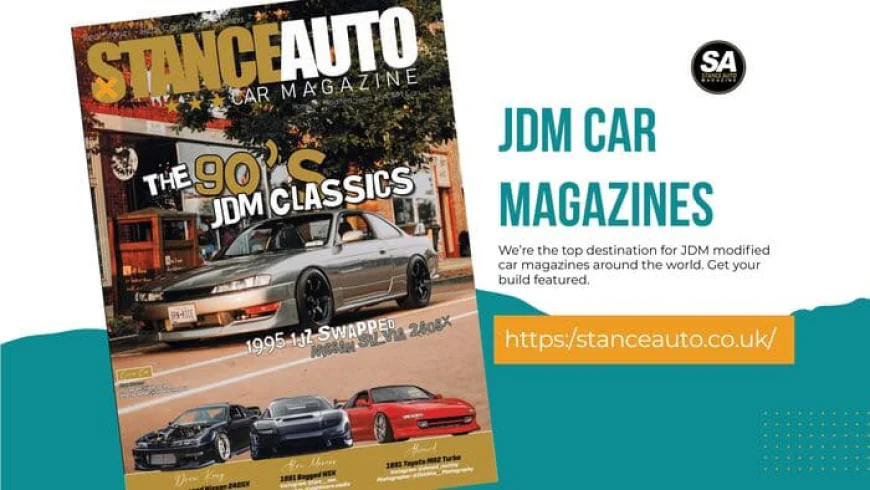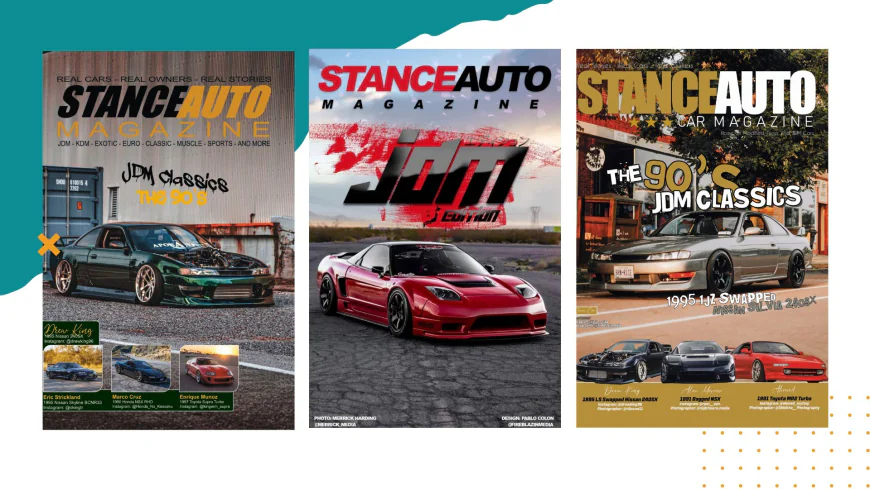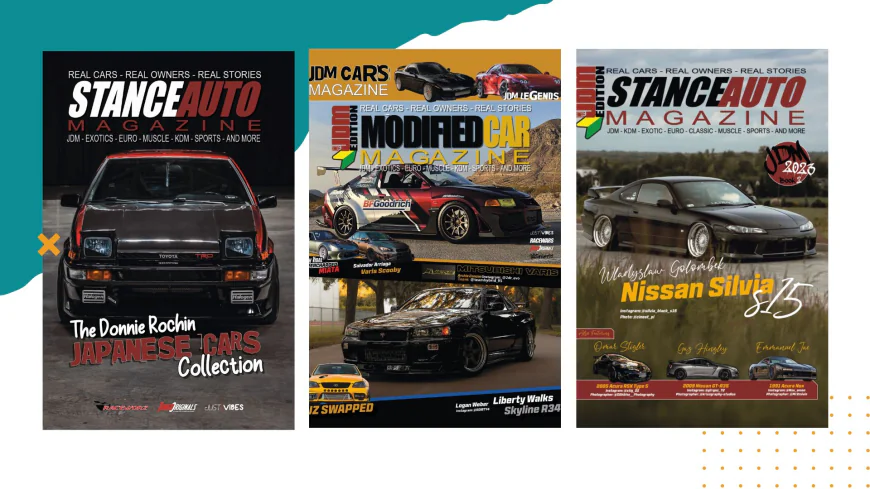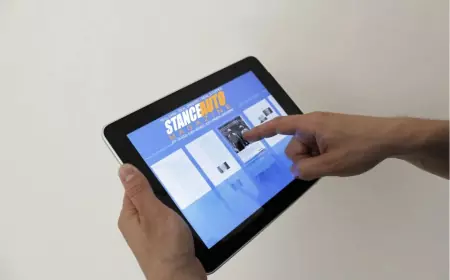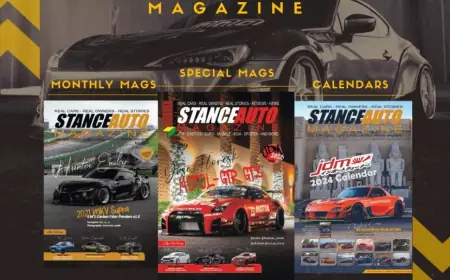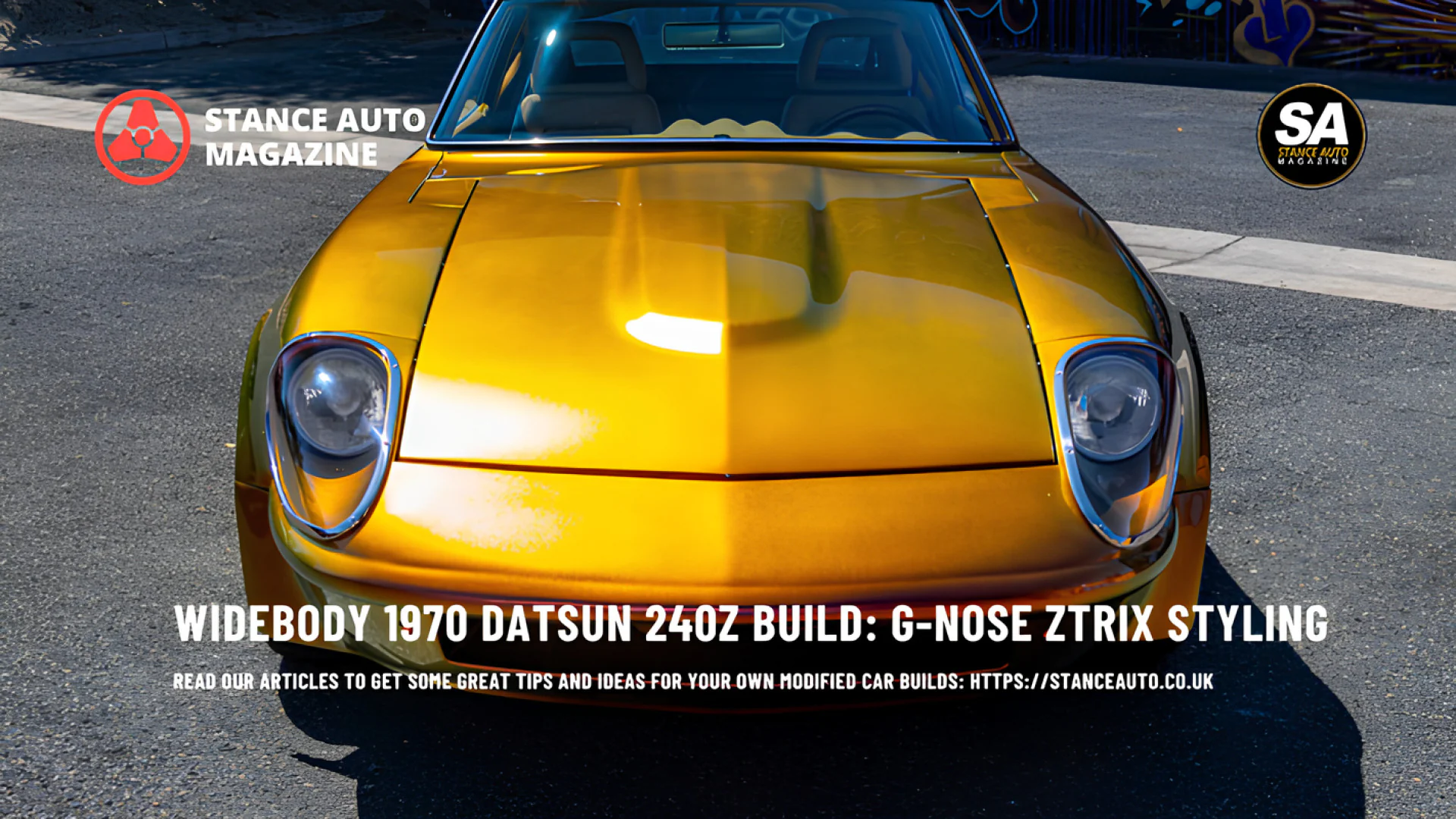JDM Car Magazines: Your Ultimate Guide to Japan's Automotive Culture in Print
The best JDM car magazines featuring Japanese legends, tuner culture, and classic builds. From Stance Auto to legendary publications celebrating JDM tuners and icons.
TL;DR: Key Takeaways
-
JDM car magazines preserve the authentic spirit of Japanese automotive culture, showcasing everything from legendary Skylines to grassroots tuner builds that define the scene
-
Stance Auto Magazine has emerged as a leading voice in JDM magazine publishing, delivering high-quality photography and in-depth features on JDM classics and modern builds
-
The evolution from print to digital has transformed how enthusiasts consume JDM content, but premium magazines continue to offer unmatched depth and collectibility for serious fans
When you flip through the glossy pages of a proper JDM car magazine, there's something magical that happens—a connection to a culture that's been brewing in Japan for decades, now reaching enthusiasts worldwide through carefully curated print publications. The world of JDM magazines represents more than just automotive journalism; it's a window into a subculture that values precision engineering, aesthetic perfection, and the relentless pursuit of automotive excellence that has made Japanese performance cars legendary across the globe.
The landscape of Japanese automotive publishing has undergone a remarkable transformation over the past few decades, evolving from niche imports that arrived months late on foreign shores to sophisticated, internationally-distributed publications that capture the zeitgeist of JDM tuners and the grassroots scene with stunning immediacy. What makes these magazines so compelling isn't just the spectacular photography of meticulously built machines—though that certainly helps—but rather the way they document an entire philosophy of car culture that emphasizes craftsmanship, attention to detail, and a deep respect for automotive heritage that transcends language barriers and geographical boundaries.
The Golden Age of JDM Magazine Publishing
There's a reason why collectors and enthusiasts still hunt down back issues of classic JDM magazines from the late 1990s and early 2000s—this period represented the absolute pinnacle of Japanese automotive culture, when the bubble economy's afterglow still illuminated the tuning scene and workshops across Japan were producing some of the most outrageous builds the world had ever seen. Publications from this era captured legendary JDM cars in their prime, documenting everything from time attack monsters setting records at Tsukuba Circuit to street-driven machines that pushed the boundaries of what was mechanically possible while remaining functional daily drivers.
The magazine format proved to be the perfect medium for showcasing these builds because it allowed for the kind of long-form storytelling and technical deep-dives that simply weren't possible through other media of the time. When a photographer spent hours capturing every angle of a perfectly executed Supra build, or when a journalist traveled to a remote workshop to document a master tuner's philosophy, the result was content that had permanence and weight—something you could return to repeatedly, studying the details and absorbing the craftsmanship in a way that fleeting digital content rarely allows.
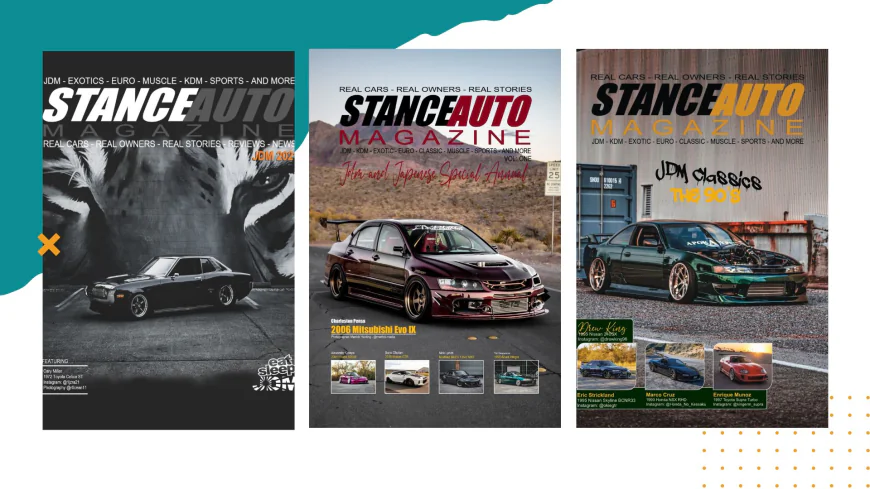
Stance Auto Magazine: Redefining Modern JDM Publishing
In the contemporary landscape of automotive media, Stance Auto Magazine has carved out a distinctive position by understanding what makes JDM magazine content truly resonate with today's enthusiasts. Rather than simply recycling the same builds and features that appear across multiple platforms, Stance Auto has committed to producing original content that celebrates both the heritage of JDM classics and the evolution of modern Japanese performance culture, creating a publication that feels simultaneously nostalgic and forward-thinking in its approach to automotive storytelling.
What sets Stance Auto apart in the crowded field of automotive publishing is their unwavering commitment to quality—both in terms of the vehicles they feature and the production values they bring to each issue. When you pick up a copy from Stance Auto Magazine, you're not just getting another collection of car photos; you're receiving a carefully curated exploration of builds that represent the pinnacle of their respective genres, whether that's a meticulously restored early Skyline GT-R that honors Nissan's racing heritage or a cutting-edge time attack machine incorporating the latest aerodynamic developments and chassis modifications that push the boundaries of what's physically possible on a race track.
The magazine's approach to featuring JDM tuners goes beyond surface-level aesthetics, diving deep into the technical aspects that make each build special while maintaining accessibility for readers who might not have engineering degrees but possess genuine enthusiasm for understanding what makes these cars tick. This balance between technical depth and readable content has made Stance Auto a favorite among both hardcore enthusiasts who can appreciate the nuances of suspension geometry discussions and newcomers to the JDM scene who are just beginning to explore the rich world of Japanese performance cars.
The Evolution of JDM Magazine Content
The content found within JDM car magazines has evolved considerably over the decades, reflecting broader changes in both automotive technology and enthusiast culture. Early publications focused heavily on dyno numbers and quarter-mile times, metrics that were easy to quantify and compare but didn't always capture the full picture of what made a build special or successful in its intended purpose. Modern magazines like Stance Auto have embraced a more holistic approach, recognizing that the story behind a build—the owner's inspiration, the challenges overcome during construction, the intended use case—often proves just as compelling as the raw performance figures.
This evolution has also been reflected in the photography and design aesthetics that define contemporary JDM magazines. Where older publications might have relied on static shots against plain backgrounds, today's magazines employ sophisticated lighting techniques, dynamic angles, and carefully chosen locations that place vehicles in context, whether that's a mountain pass that evokes the golden age of touge racing or an urban environment that speaks to the street culture from which so much of JDM tuning culture emerged. The visual language of these publications has become as refined as the cars they document, creating a complete aesthetic experience that extends beyond the vehicles themselves.
Why Physical Magazines Still Matter in the Digital Age
In an era where Instagram posts and YouTube videos deliver instant gratification and real-time updates on the latest builds and automotive trends, the question of why physical JDM magazines continue to matter deserves thoughtful consideration. The answer lies partly in the tangible nature of print media—there's an undeniable satisfaction in holding a physical magazine, the weight of quality paper stock in your hands, the ability to spread out back issues and cross-reference builds and trends across different time periods without navigating through endless digital archives or dealing with broken links and disappeared content.
More fundamentally, though, magazines offer a level of curation and editorial oversight that's increasingly rare in the democratized world of digital automotive content. When Stance Auto decides to feature a particular build or workshop, that decision represents a stamp of quality and significance—an editorial judgment that this particular car or story deserves the resources and page space required to document it properly. This curatorial function becomes increasingly valuable as the sheer volume of automotive content available online threatens to overwhelm enthusiasts, making it difficult to separate truly exceptional builds from the endless stream of work-in-progress posts and modified vehicles that populate social media feeds.
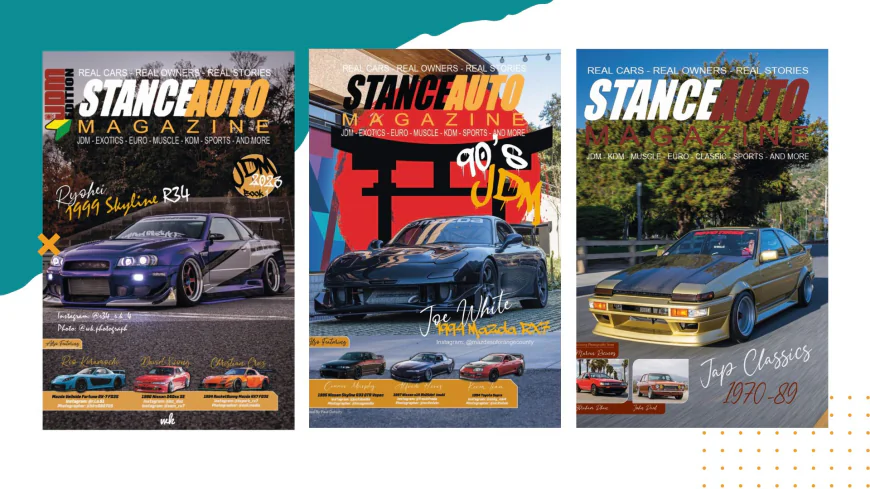
The Global Reach of Japanese Tuning Culture
The influence of JDM car magazines extends far beyond Japan's borders, serving as cultural ambassadors that have spread Japanese tuning philosophy and aesthetic sensibilities to enthusiasts on every continent. Through these publications, a teenager in rural England could learn about legendary workshops in Yokohama, while a builder in Australia could discover the latest suspension technology being developed by Japanese specialists, creating a truly global community united by shared appreciation for Japanese automotive excellence and the particular approach to modification and performance that distinguishes JDM tuners from their counterparts in other automotive cultures.
This international reach has created interesting feedback loops where trends and modifications pioneered in Japan get adopted and adapted by overseas builders, who then develop their own innovations that sometimes make their way back to Japan, creating a cross-pollination of ideas that has enriched the entire JDM scene. Magazines play a crucial role in documenting this exchange, featuring international builds alongside Japanese domestic market vehicles and highlighting how JDM legends inspire interpretations and executions that respect the source material while reflecting local conditions, preferences, and creative visions.
Collecting and Preserving JDM Magazine Archives
For many enthusiasts, building a personal archive of JDM magazines has become a hobby unto itself, a way of preserving automotive history and creating a physical library that documents the evolution of Japanese performance culture over decades. Certain issues have become genuinely valuable collector's items, particularly those featuring cars that have since achieved legendary status or documenting events and time periods that represent pivotal moments in JDM history—the final years of the BNR34 Skyline GT-R in production, the emergence of the GR Yaris as a modern rally weapon, or comprehensive retrospectives on workshops that have since closed their doors.
The Stance Auto Magazine collection represents a modern approach to this archival impulse, with each issue designed not just for immediate consumption but for lasting value as a reference work and historical document. The attention to detail in printing quality, paper selection, and binding ensures that these magazines will remain readable and enjoyable decades from now, allowing future enthusiasts to look back and understand what the JDM scene looked like in the 2020s with the same fascination that today's readers bring to magazines from the 1990s.
Featured Builds: What Makes Magazine-Worthy JDM Cars
Not every modified JDM car deserves magazine coverage, and understanding what elevates certain builds to feature status reveals much about what the JDM magazine community values. Generally, featured vehicles demonstrate either exceptional execution—builds where every component has been carefully selected and installed with professional precision—or interesting conceptual approaches that challenge conventions or combine elements in unexpected ways. A magazine-worthy Skyline GT-R might be a meticulously restored example that honors the car's racing heritage with period-correct modifications, or it could be a radical reinterpretation that incorporates modern technology while maintaining the spirit that made the original special.
The most compelling features often include significant backstories—the owner who spent a decade tracking down rare parts to complete an authentic restoration, the builder who overcame extraordinary technical challenges to achieve a specific performance goal, or the workshop that developed innovative solutions to common problems facing owners of particular models. These human elements transform what could be simple car features into engaging narratives that resonate with readers on emotional levels, creating connections that extend beyond mere appreciation of mechanical components and aesthetic choices.
Technical Deep Dives and Workshop Features
One of the most valuable aspects of quality JDM car magazines is their ability to provide technical content with real depth, exploring modifications and tuning approaches in ways that social media posts and brief online articles simply cannot match. When Stance Auto dedicates multiple pages to explaining how a particular workshop approaches engine building or suspension setup, readers get genuine insights into the methodologies and philosophies that produce exceptional results—information that can inform their own build decisions and deepen their understanding of what separates competent modifications from truly excellent work.
Workshop features serve a similar function, introducing readers to the master tuners and specialist shops that represent the cutting edge of JDM tuners culture. These profiles often reveal the experience, dedication, and accumulated knowledge required to consistently produce magazine-worthy builds, highlighting the years of trial and error, continuous learning, and refined technique that distinguish true experts from enthusiastic amateurs. For readers considering where to have work performed on their own Jap cars, these features provide invaluable guidance in identifying shops that can deliver results worthy of the investment.
The Role of Photography in JDM Magazine Excellence
The visual component of JDM magazines deserves special attention because photography does more than simply document the vehicles—it creates emotional responses and aesthetic experiences that are integral to the magazine format's appeal. Exceptional automotive photography captures not just how a car looks but how it feels, conveying the stance, presence, and character that make JDM classics so compelling in person. The best magazine photographers understand lighting, composition, and timing, waiting for the perfect conditions to capture images that do justice to the hundreds of hours invested in each featured build.
Stance Auto's commitment to photographic excellence means working with talented photographers who understand JDM culture and can position vehicles in ways that honor both their technical sophistication and aesthetic qualities. Whether that's capturing the aggressive stance of a properly lowered S-chassis against an industrial backdrop or photographing a pristine NSX in natural settings that emphasize its timeless design, the photography elevates the editorial content and creates magazine pages worth returning to repeatedly, discovering new details and appreciating subtle aspects that weren't immediately apparent on first viewing.

Regional Variants and International JDM Magazine Editions
While Japan remains the spiritual homeland of JDM magazine publishing, international editions and regional publications have emerged to serve enthusiasts in markets where Japanese imports have established strong followings. These publications face interesting challenges in balancing local content—featuring domestic builds and workshops—with coverage of Japanese-market developments and vehicles that might not be officially available in their regions but remain aspirational for readers. The most successful international JDM car magazines manage to honor the Japanese roots of the culture while acknowledging that JDM has evolved into a truly global phenomenon with distinct regional flavors and interpretations.
Publications like Stance Auto navigate this balance by maintaining editorial standards that reflect authentic JDM values while featuring builds from across the UK and Europe that demonstrate how those principles adapt to local conditions, regulations, and aesthetic preferences. This approach recognizes that JDM legends like the Supra, Skyline, and NSX inspire builders worldwide, each bringing their own perspectives while respecting the heritage and qualities that made these cars legendary in the first place.
The Future of JDM Magazine Publishing
Looking forward, the future of JDM magazines likely involves continued evolution rather than wholesale reinvention, with successful publications finding ways to integrate digital components and online communities while maintaining the core strengths that make physical magazines valuable. Enhanced content through QR codes linking to video features, augmented reality elements that allow readers to explore builds in three dimensions, and integration with online forums where magazine readers can discuss featured vehicles and connect with builders all represent possibilities for enriching the magazine experience without abandoning the fundamental appeal of curated, long-form content presented in a physical format that rewards careful reading and repeated reference.
The ongoing appeal of JDM classics and the constant emergence of new builds and tuning innovations ensure that there will always be content worthy of documentation in magazine format, while the growing sophistication of the global JDM community creates an expanding audience of readers who appreciate the depth and quality that magazines uniquely provide. As long as enthusiasts value exceptional builds, technical expertise, and the stories behind the cars, publications like Stance Auto will continue to find readers willing to support premium automotive journalism that honors the JDM tuners culture and the vehicles that inspire such dedication.
Specialized Content: Time Attack, Drift, and Street Culture
The diversity within JDM culture means that different publications and different issues within a magazine series often specialize in particular aspects of the scene, whether that's the extreme engineering of time attack cars pushing for record lap times, the dynamic artistry of drift culture, or the more subtle refinements of street-driven builds that emphasize daily usability without sacrificing performance or aesthetic impact. Understanding these subcategories helps readers identify which JDM car magazines and which specific issues will best serve their particular interests and provide the most relevant inspiration for their own projects.
Stance Auto's approach tends toward inclusive coverage that recognizes how these different aspects of JDM culture interconnect and inform each other, with techniques and components developed for competition often finding applications in street cars, while the aesthetic sensibilities refined through years of street culture influence how even the most extreme track-focused builds are presented and photographed. This holistic perspective reflects the reality that most serious enthusiasts appreciate multiple facets of JDM culture rather than rigidly defining themselves within single subcategories.
Building Your Magazine Collection: Where to Start
For enthusiasts looking to build their own collection of JDM magazines, the question of where to begin can feel overwhelming given decades of publication history and numerous titles to choose from. Starting with current publications like Stance Auto offers the advantage of readily available issues and content that reflects the contemporary scene, while also providing a baseline for understanding what makes excellent JDM magazine content before diving into older, potentially more expensive back issues that might require online hunting through specialized sellers and collector forums.
Building a representative collection means balancing breadth and depth—acquiring issues that cover different eras, different aspects of JDM culture, and different regional scenes, while also going deep on particular models, workshops, or time periods that especially resonate with your personal interests. The Stance Auto back catalog provides an accessible entry point for contemporary coverage, with each issue self-contained enough to be valuable individually while also contributing to a larger narrative about the evolution of JDM tuners culture in the modern era.
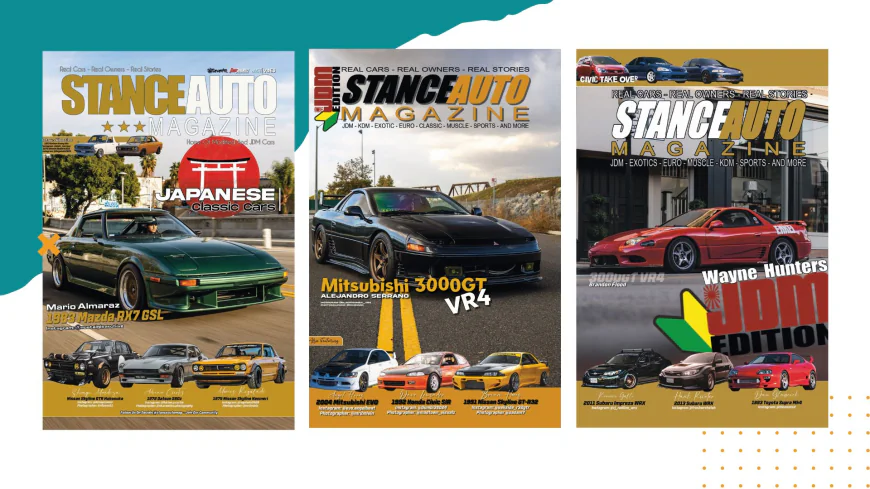
The Community Aspect of JDM Magazine Culture
Beyond the content itself, JDM car magazines serve as focal points for enthusiast communities, creating shared reference points and common ground for conversations at meets, online forums, and social media groups dedicated to JDM cars and Japanese tuning culture. When someone mentions a particular feature from a specific issue, knowledgeable enthusiasts immediately understand the reference, creating a form of cultural shorthand that reinforces community bonds and shared knowledge. Magazine features often become benchmarks against which other builds are measured, with builders aspiring to create vehicles worthy of similar coverage and recognition.
This community dimension extends to the relationship between magazines and the events, workshops, and builders they cover. Publications like Stance Auto don't just passively document the scene—they actively participate in it, supporting events, highlighting emerging builders, and helping to shape broader conversations about where JDM culture is heading and which values deserve preservation as the scene continues to evolve. This active engagement creates value that extends well beyond the pages themselves, making magazine subscriptions and purchases a form of support for the entire JDM ecosystem.
Conclusion: The Enduring Appeal of JDM Magazines
In a media landscape increasingly dominated by algorithm-driven content and fleeting social media posts, JDM car magazines represent something more permanent and considered—a format that respects both the vehicles being documented and the readers investing their time and money in quality automotive journalism. The combination of exceptional photography, technical depth, compelling storytelling, and physical permanence creates value that digital alternatives struggle to replicate, explaining why enthusiasts continue to support publications like Stance Auto Magazine even as free content proliferates online.
For anyone serious about understanding JDM legends and the culture that has elevated Japanese performance cars to their current iconic status, engaging with quality magazine content isn't optional—it's essential. These publications preserve history, document contemporary developments, and provide the depth of coverage necessary to truly appreciate what makes exceptional builds special beyond superficial aesthetics. Whether you're a longtime enthusiast with decades of experience or someone just discovering the appeal of JDM classics, building a relationship with quality magazines will deepen your knowledge, refine your taste, and connect you with a global community united by appreciation for Japanese automotive excellence.
The future of JDM magazine publishing looks bright precisely because the fundamental value proposition remains compelling: excellent vehicles deserve excellent documentation, and enthusiasts will always appreciate content that honors their passion with the seriousness, quality, and depth it deserves. As long as workshops continue building exceptional JDM cars and photographers continue capturing them with skill and artistry, magazines will remain the premier format for celebrating and preserving this remarkable automotive culture.
Want More JDM Icons?
If you love stories like this one, you will enjoy our featured magazines available on Amazon
- Stance Auto Magazine Japanese Classic Cars Vol2: Modified Japanese Classic JDM Cars Magazine
- Stance Auto Magazine July 2025: A Worldwide Monthly Modified Car Magazine
- Modified Car Magazine The JDM Magazine: The World Wide Modified JDM Car Magazine
- Stance Auto Magazine The 90's JDM Classics - June 2025: A look Back At The 90's Classic JDM Cars On Stance Auto
- Stance Auto Magazine Modified BMW'S 2025: The Modified and Tuner BMW Car Magazine
- The RWB Porsche Magazine From Stance Auto: Akira Nakai The Man Behind The RWB Builds
- Stance Auto Magazine JDM Classics The 90s
These print editions showcase incredible builds like Lucas’s GT-R while supporting the global modified car community.
Call to Action
Do you have a build story like this one? Got a build on a budget? We want to see it. Submit your story to Stance Auto Magazine, and you could be the next featured owner showing the world how to do it right—without breaking the bank.
And hey, don’t forget to tag us on socials. Use #stanceautomag on Instagram, Pinterest and Facebook so we can see (and maybe feature) your ride.
Test Your JDM Car Knowledge and Take Our No. 1 JDM Car Quiz

Order Your Stance Auto Car Magazines From Our Amazon Book Store
Test Your Automotive Knowledge and Take Our No. 1 Car Quiz
Get Noticed Use our Hashtags - #stanceauto #stanceautomag #stanceautomagazine #modifiedcarmagazine
UKTM no: UK00003572459
 Like
0
Like
0
 Dislike
0
Dislike
0
 Love
0
Love
0
 Funny
0
Funny
0
 Angry
0
Angry
0
 Sad
0
Sad
0
 Wow
0
Wow
0
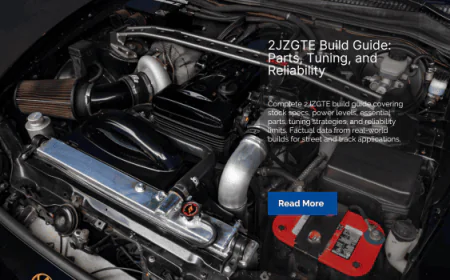

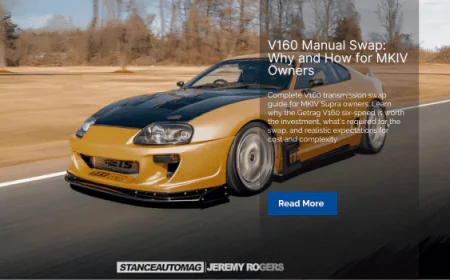
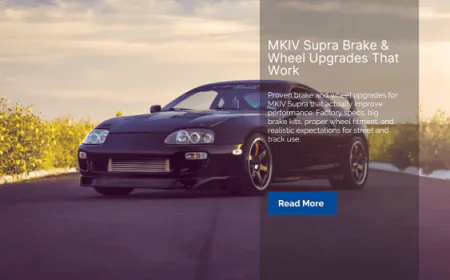



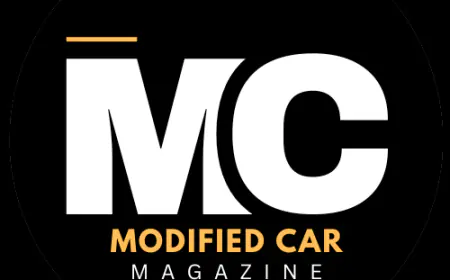

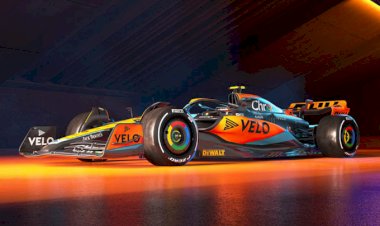



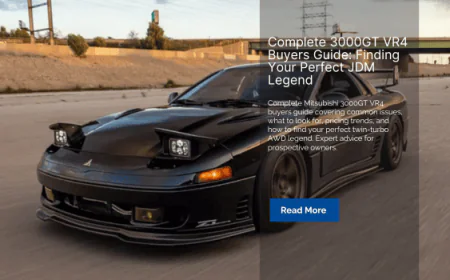




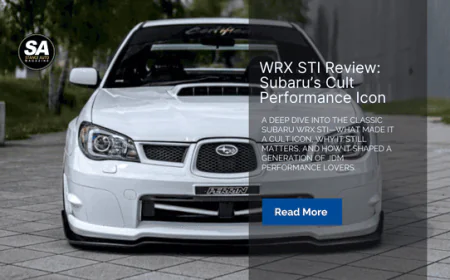
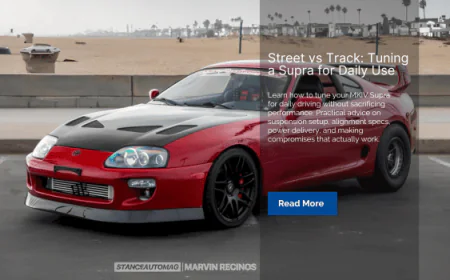
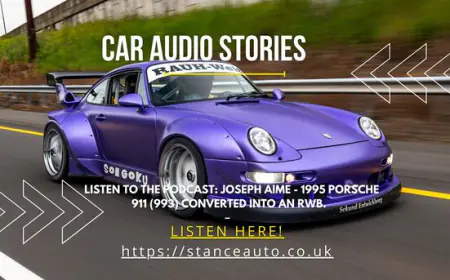
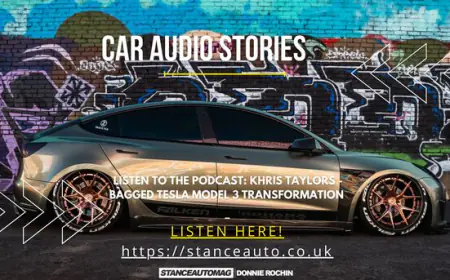
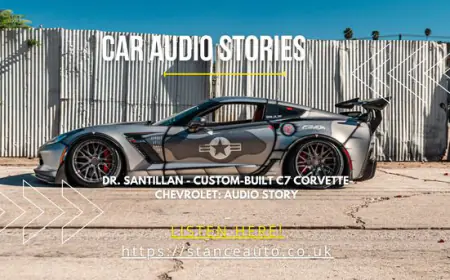



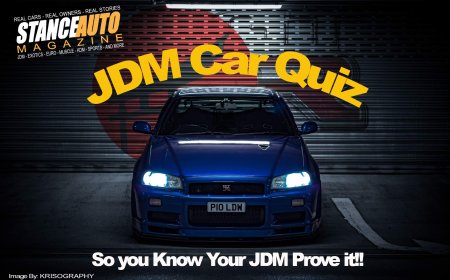


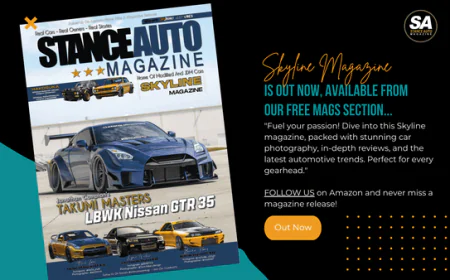

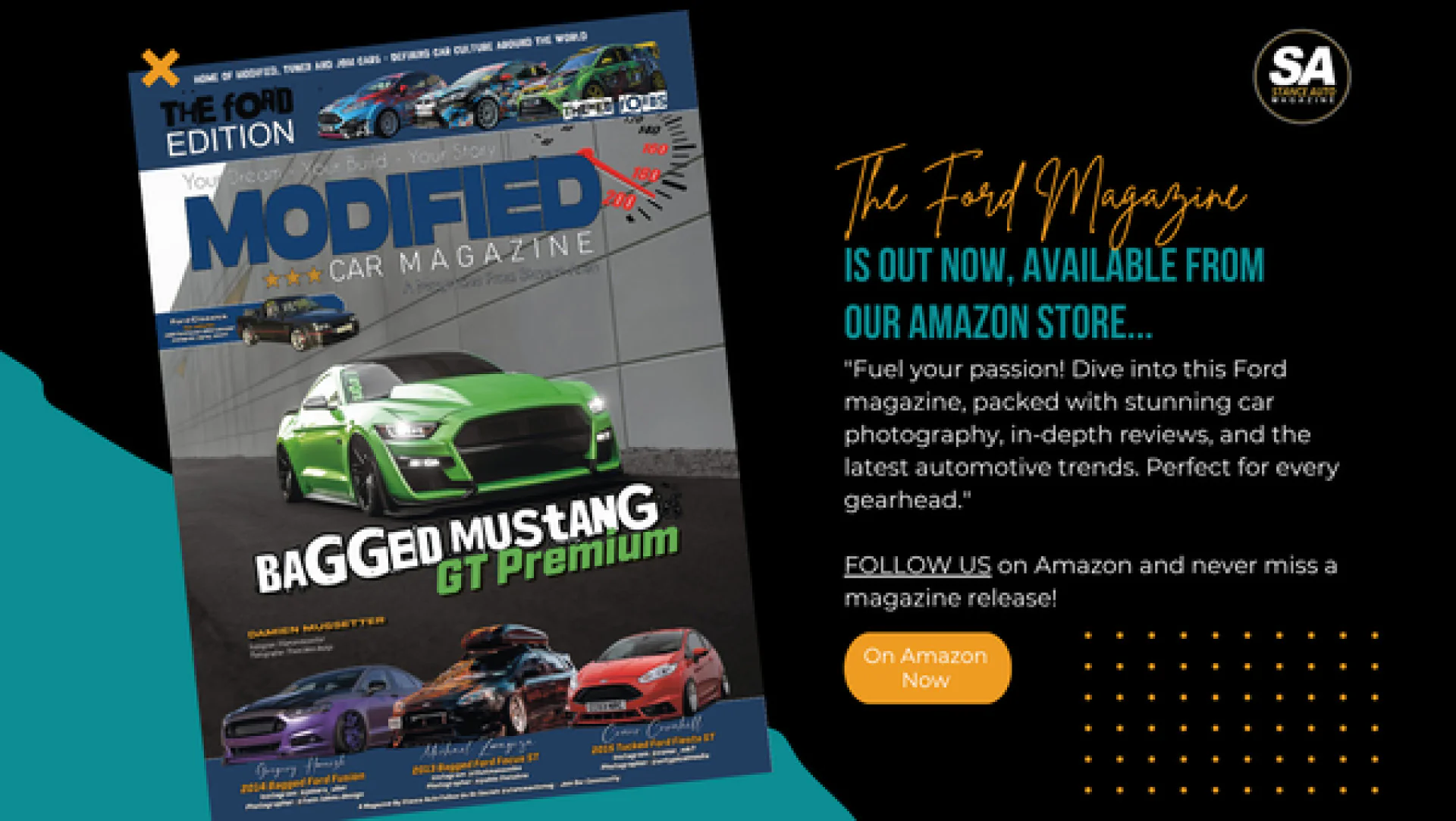



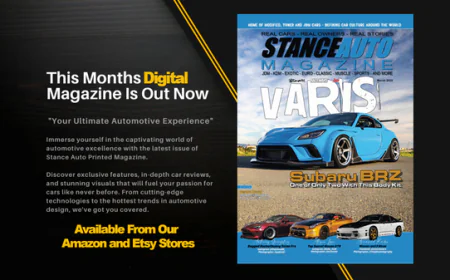
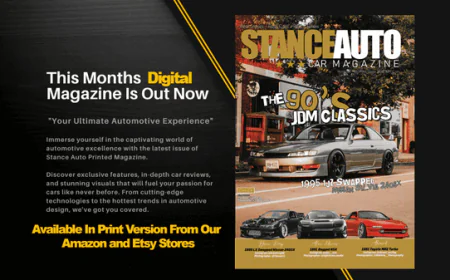
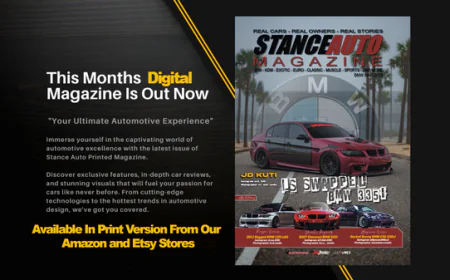
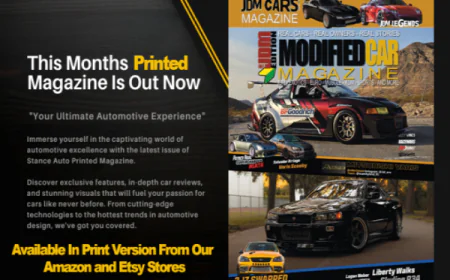
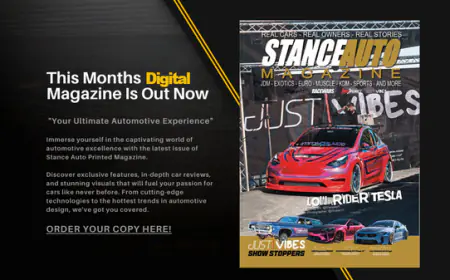
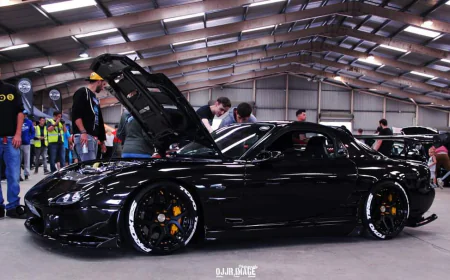

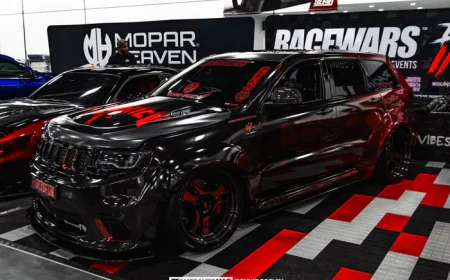





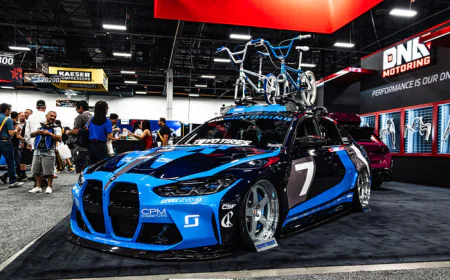
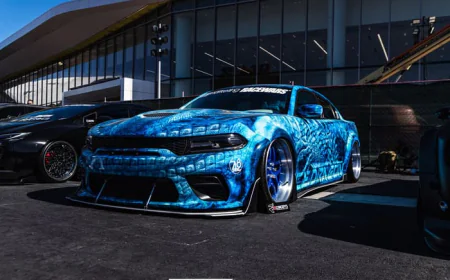



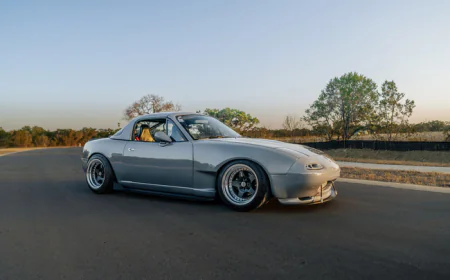

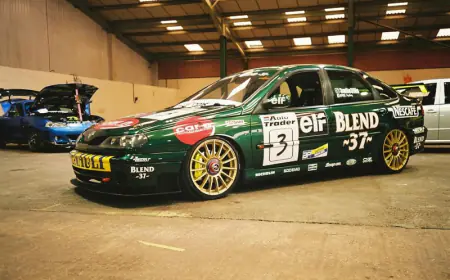








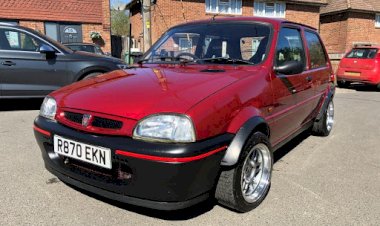
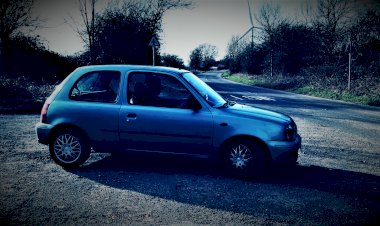




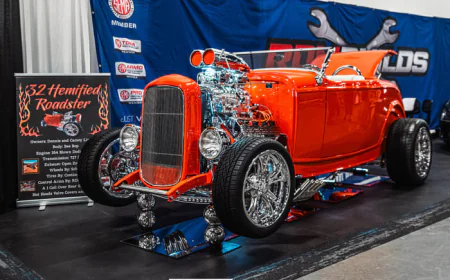


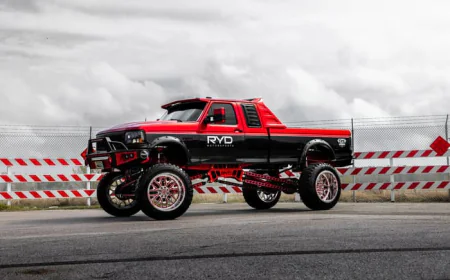
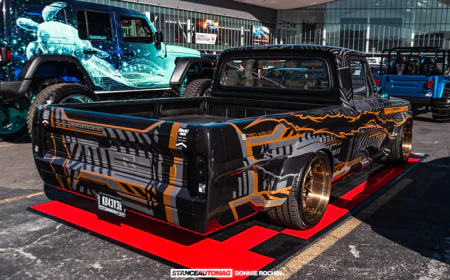

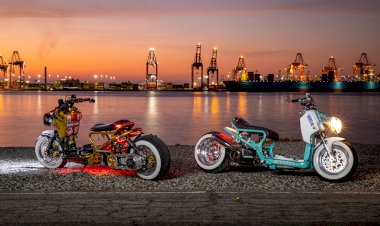

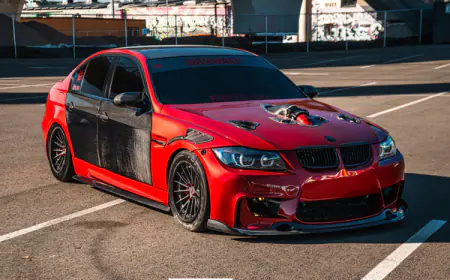
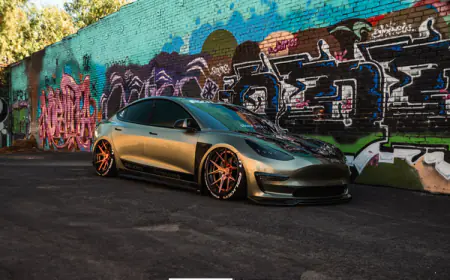




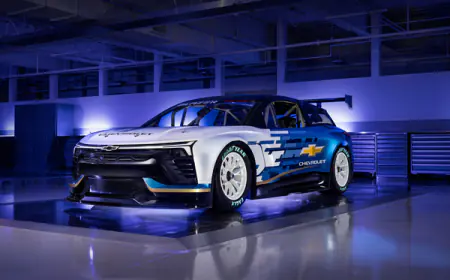


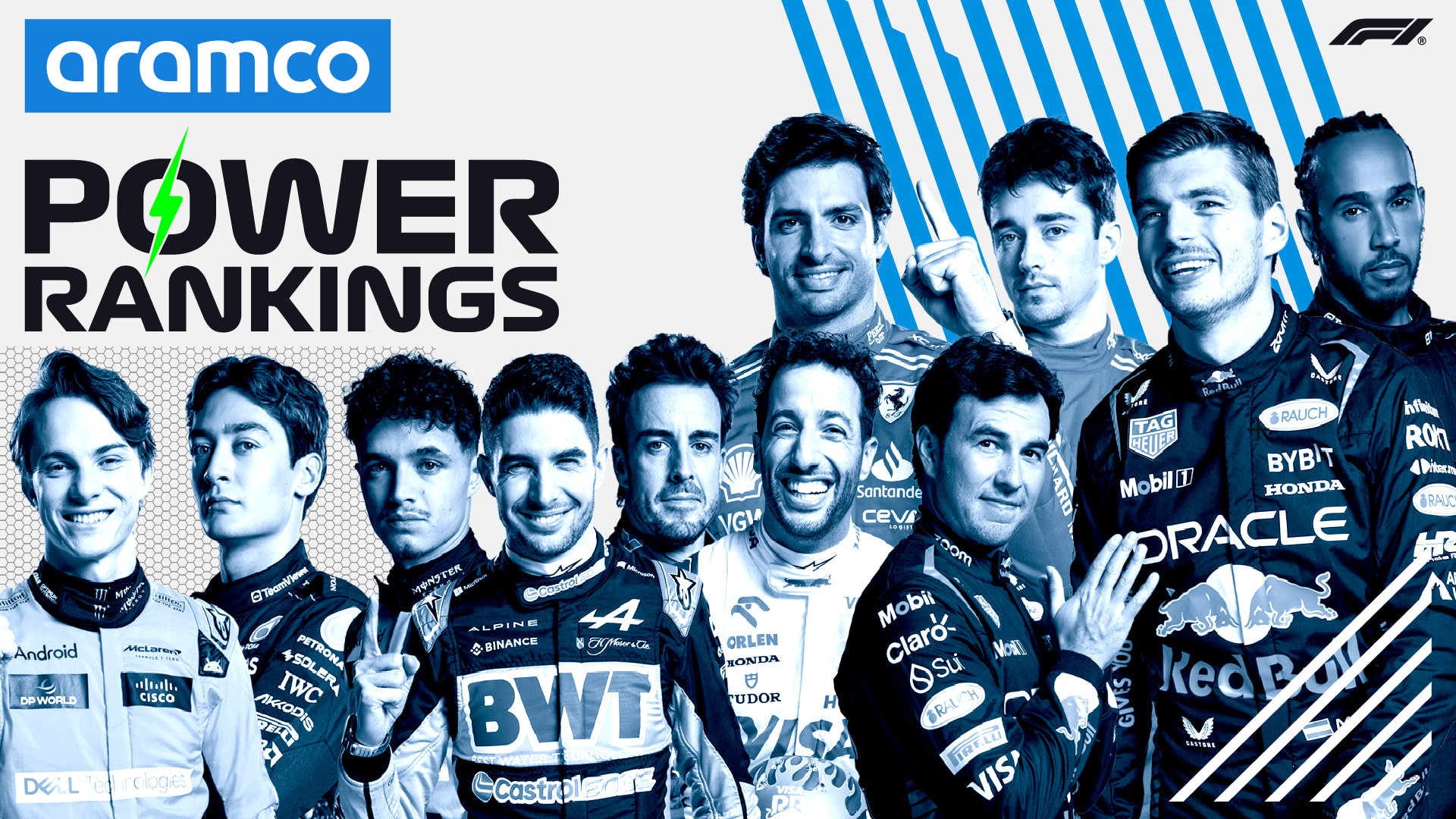
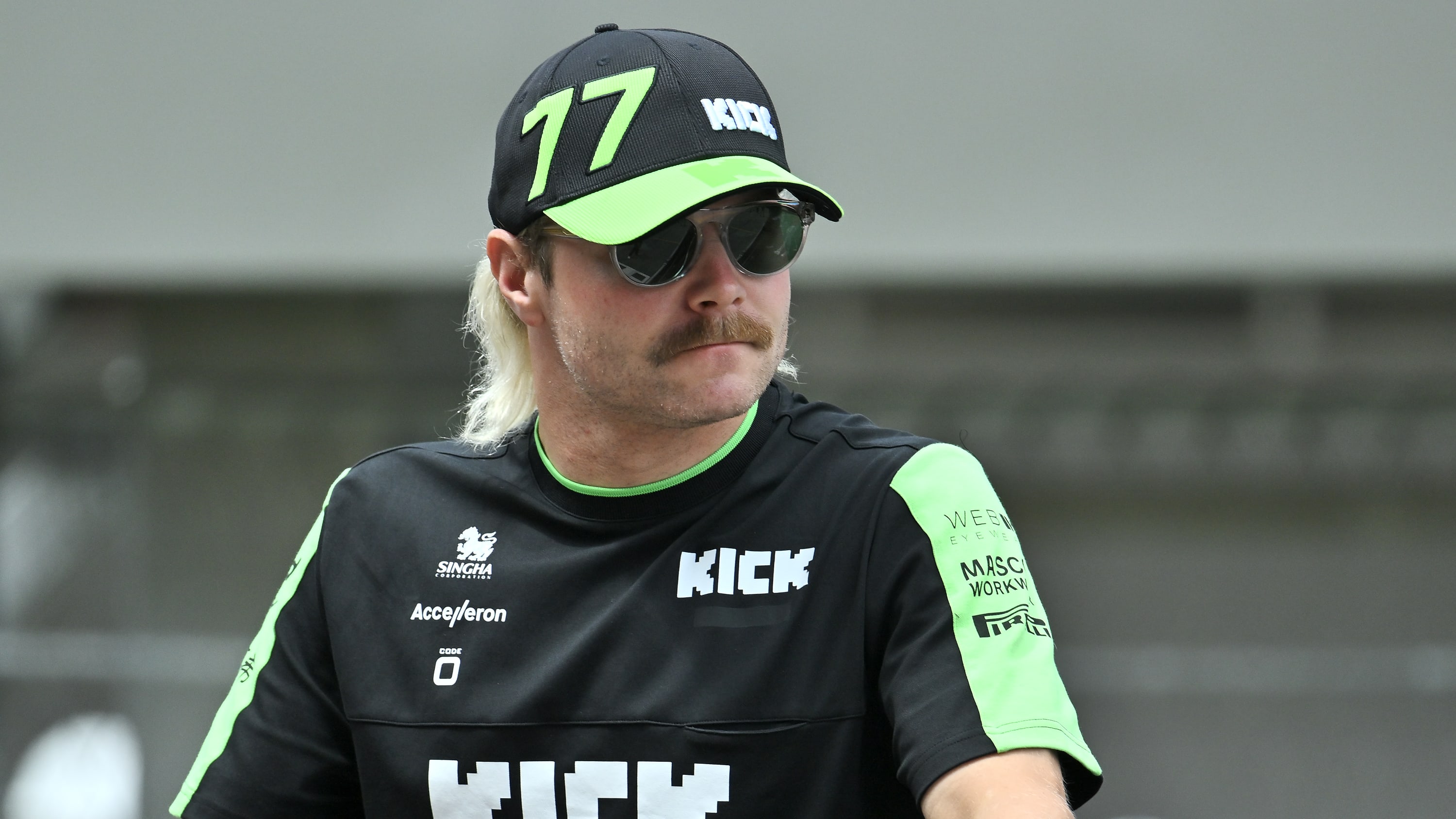
.png)
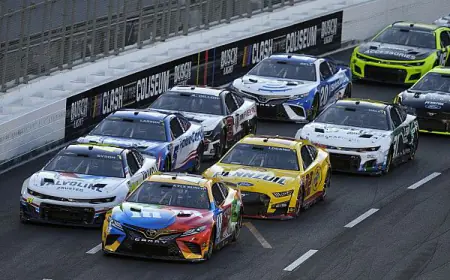



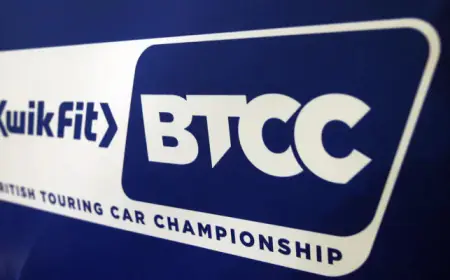
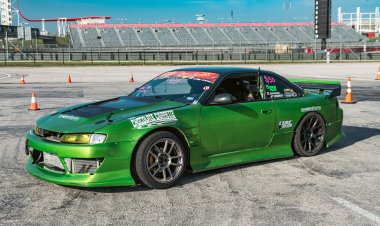
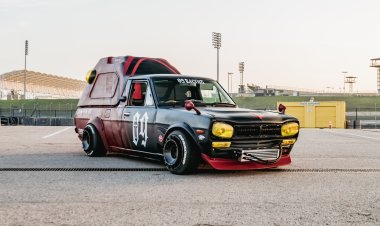


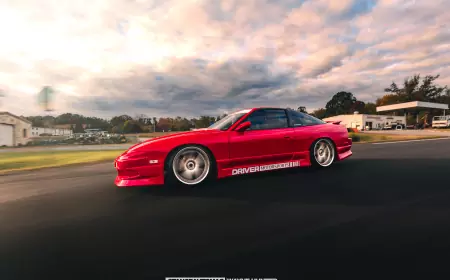


![[HOONIGAN] Ken Block's GYMKHANA NINE](https://img.youtube.com/vi/_bkX5VkZg8U/maxresdefault.jpg)










